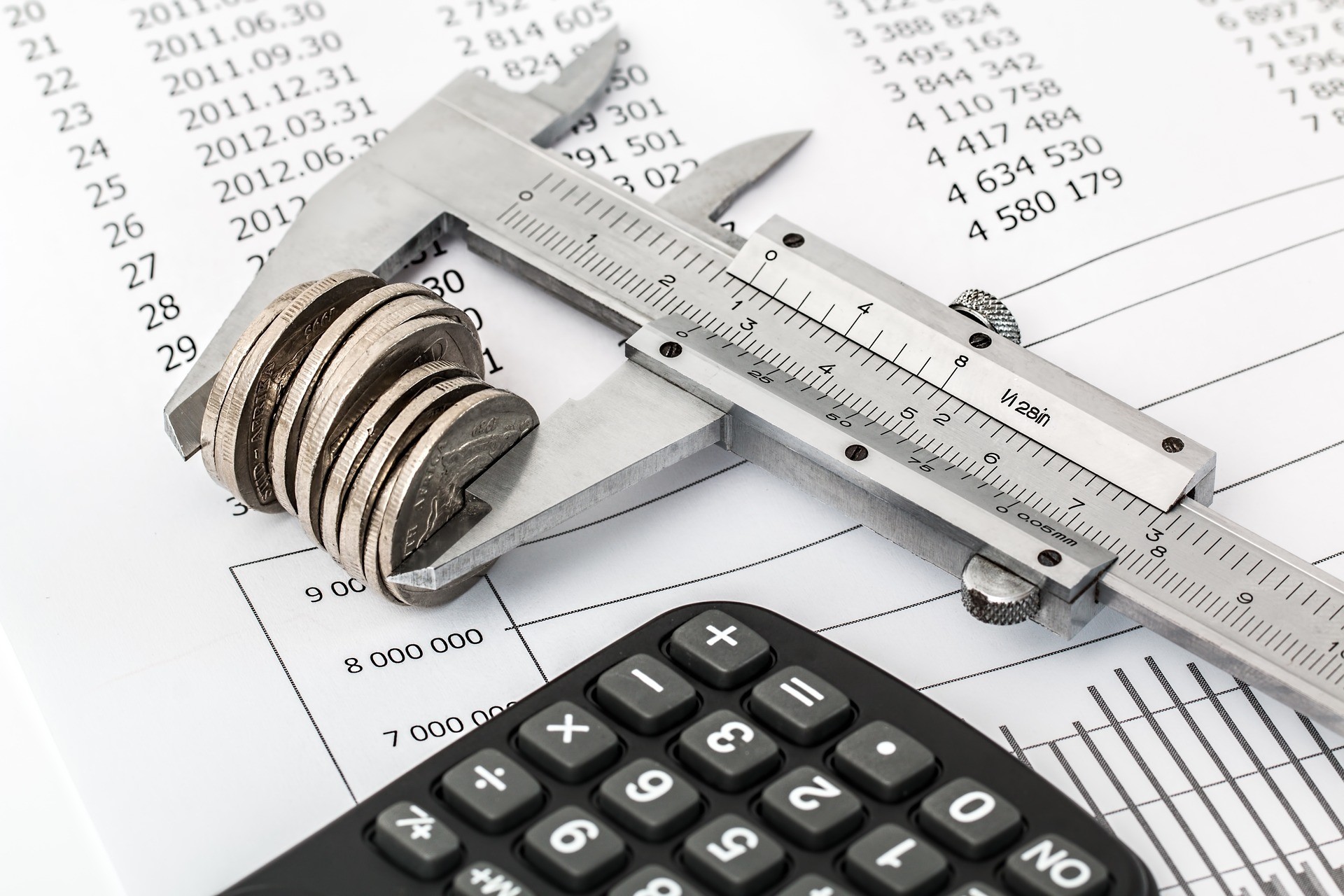You’ve launched your new marketing campaign and are excited to see the results. It’s a great day for the business, but then you ask yourself the eternal question: how exactly do you measure ROI on your shiny new campaign?
This is made even more complicated by the fact that the nature of marketing campaigns is changing all the time. Back in the day, you’d place an advert in the local paper, and then you could see if there was an upturn in business as a result. Even that had its difficulties in measuring ROI. But in these times of multi-platform, pay per click, viral marketing confusion, it is much more complicated to work out exactly what you’re getting back from any campaign.
The main thing you need to understand about measuring ROI is that there is no one size fits all approach. Different platforms use different metrics and ROI comes in different forms, at different times. If your web traffic has just gone through the roof, it might be because your social media strategy is kicking in, or it might be because Justin Bieber just tweeted that he loved your products. It is very hard to quantify every aspect of an online marketing campaign, and while web traffic is one handy tool, it is not conclusive proof that anything is working.
However, while traffic and other forms of estimating the ROI of any campaign are not conclusive, when you start to collect the data and run the numbers it does offer insight that is hard to ignore. In order to get the best use of the figures, there are a few rules you should follow.
Keep it simple
If the money you are spending on marketing is smaller than the money coming into the business, then something is probably going right. If you work out the exact cost of your strategy and then start to see a financial gain that surpasses that, the numbers are working in your favour. It sounds obvious but it is also true.
Concept
Can you sum up your strategy in one easy sentence? What is the overall aim of your marketing moves? And if you explain it to someone with no vested interest, do they get it? It’s not an exact metric but it’s a very good indicator of whether you are doing something right or wrong.
Reporting
You need to assess your strategy after the fact with accurate reporting. What was taken into account in your marketing model? What was the overall cost and what are the actionable takeaways? It might seem boring but you need to run the numbers and put the hours in to learn the valuable lessons about ROI. The more work you do, the better chance you have of making it work bigger and better next time.
Bottom line
You probably can’t measure ROI on a dashboard but your bottom line never lies. Do Facebook likes really translate into pounds? Hard to say. But always trust the numbers at the bottom of the page and you can’t go far wrong.


